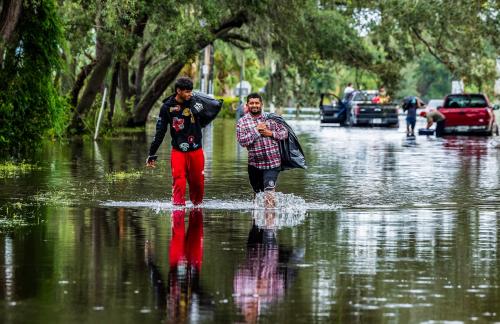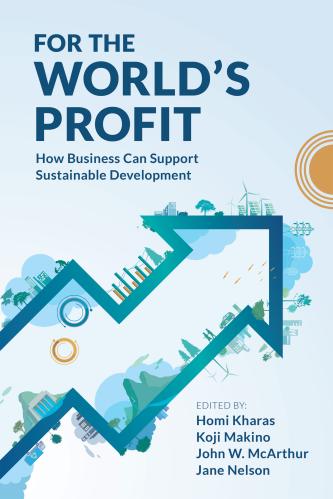Yesterday, Democratic Sens. Kerry and Boxer dropped their initial version of a Senate climate bill, so the game’s on. We’ll defer to Brad Plumer’s Vine post for a good side-by-side comparison, but suffice it to say the Kerry-Boxer Senate outline looks a lot like the Waxman-Markey bill that passed the House earlier this year, with a few differences.
Like the Waxman-Markey legislation, the Senate version sets emissions targets (a little stricter than the House standard with a 20 percent emissions reduction from 2005 levels required by 2020 and 83 percent by 2050). Like Waxman-Markey, Kerry-Boxer proposes a pricing and emissions trading mechanism (now called, euphemistically, a Pollution Reduction and Investment tool, with revenue allowances left undetermined).
Equally or even more important given our concern for metropolitan and national economic restructuring, the new bill calls for investments in energy innovation. On this front, the Kerry-Boxer bill tracks both the Waxman-Markey proposal and the Department of Energy’s FY2010 budget request by proposing the creation and funding of a string of energy innovation hubs.
In this respect, climate legislation once again appears ready to call on the DOE secretary to establish a new program to competitively award cap-trade revenues to eight innovation hubs–each with a specific technology focus, including renewable power generation; building and transport energy efficiency; smart grid development; more efficient energy transmission and storage; advanced sustainable materials; and water security.
In each case, the themed hub would conduct the translational research needed to bridge research to the commercialization of state-of-the-art energy technologies. Further, the activities of each hub would be coordinated with the new efforts of the Energy Frontier Research Centers (EFRC’s) and the Advanced Research Projects Agency-Energy (ARPA-E), which is also slated to receive cap-trade allowances to support novel early-state research, cross-sector collaboration on commercial applications, and the development of new manufacturing and other processes. All that is missing from the outline is the important language from Waxman-Markey that connected the hubs to the regional innovation landscape of real industry clusters and regional economies. But there will be time for that return.
After all, the overall bill is basically just a familiar starting point–a plausible, ready shell for all the time-consuming sausage-making to come, which will this time be carried out by no fewer than five Senate committees. Let’s hope then, that this dynamic opens some space for adding a regional dimension back to the hubs. And, once the horse-trading begins, there will hopefully be time and energy to attack the needed work of dedicating substantially more revenue to the hubs and the cause of region-based energy innovation than Waxman-Markey does.
And oh yes: Looking at what’s new and different rather than familiar, metro-oriented folks will be pleased to see a little more attention in Kerry-Boxer for an important metropolitan topic: transportation. Waxman-Markey assigned transit programs and other clean transport just 1 percent of the any future cap-and-trade system revenues, but it looks like the Kerry-Boxer draft may do a little better. Beyond that, the Senate version actually requires states to use a certain percentage of carbon funds for green-transportation programs, whereas the House bill only “allowed” states to do so. We will be interested in how that too plays out.
The Brookings Institution is committed to quality, independence, and impact.
We are supported by a diverse array of funders. In line with our values and policies, each Brookings publication represents the sole views of its author(s).



Commentary
The Senate Climate Wrangle Begins
October 1, 2009